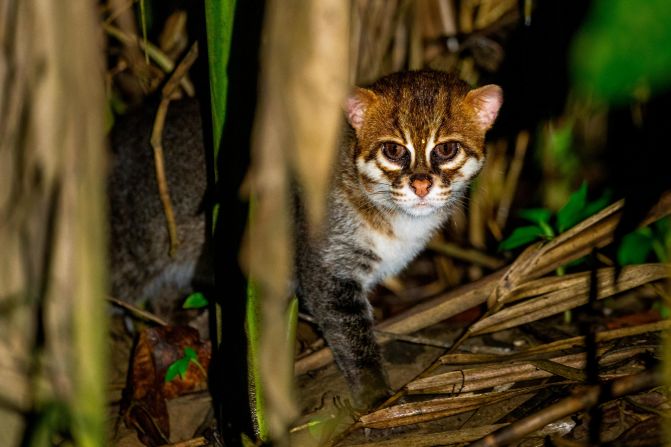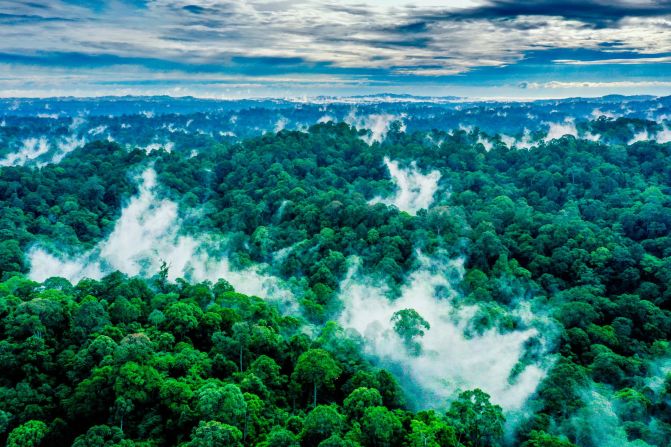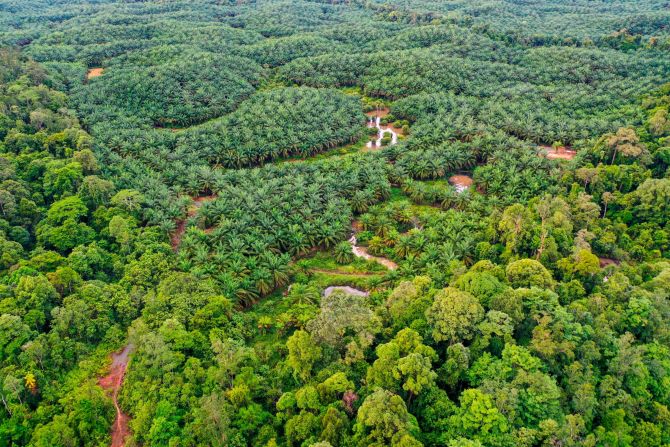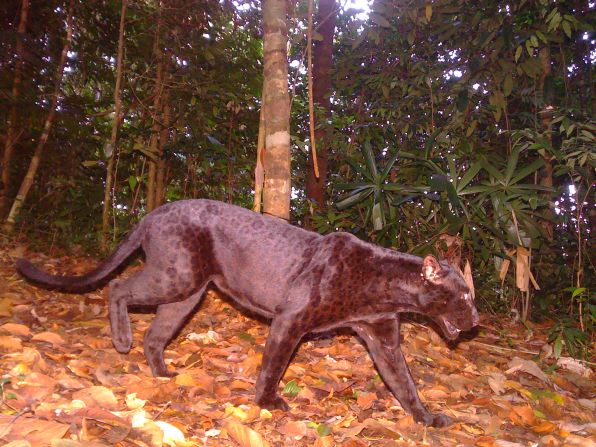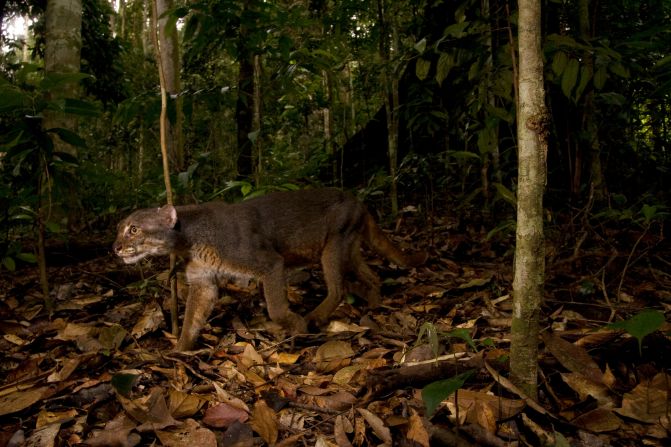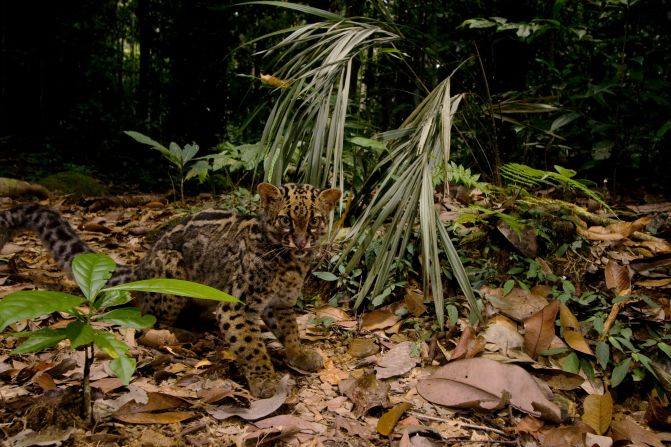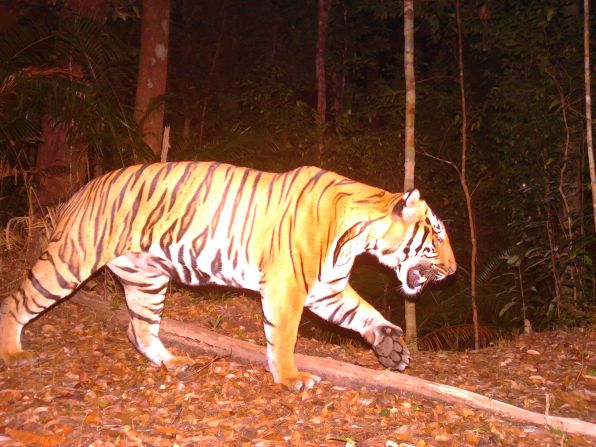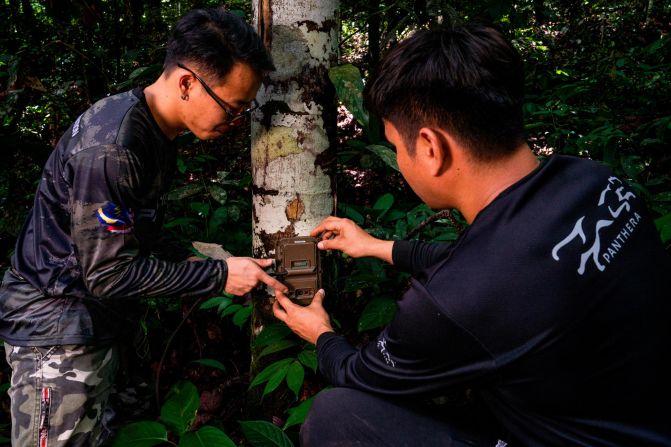Editor’s Note: Call to Earth is a CNN editorial series committed to reporting on the environmental challenges facing our planet, together with the solutions. Rolex’s Perpetual Planet initiative has partnered with CNN to drive awareness and education around key sustainability issues and to inspire positive action.
Malaysia’s tropical jungle is one of the most cat-rich areas of the planet. It is most famous for its tiger population, but eight other species of wild cats also roam, such as the clouded leopard, the bay cat, and the flat-headed cat.
These felines have gone under the radar as conservation efforts have focused on supporting the Malayan tiger – of which fewer than 150 individuals remain. But a photo series curated by Panthera, a global wild cat conservation organization, is intended to give the smaller species their moment in the spotlight.
Over time Panthera has collected a number of images of the different species, taken by camera traps and photographers, which it hopes will increase the public’s awareness of and connection with the less-celebrated cats.
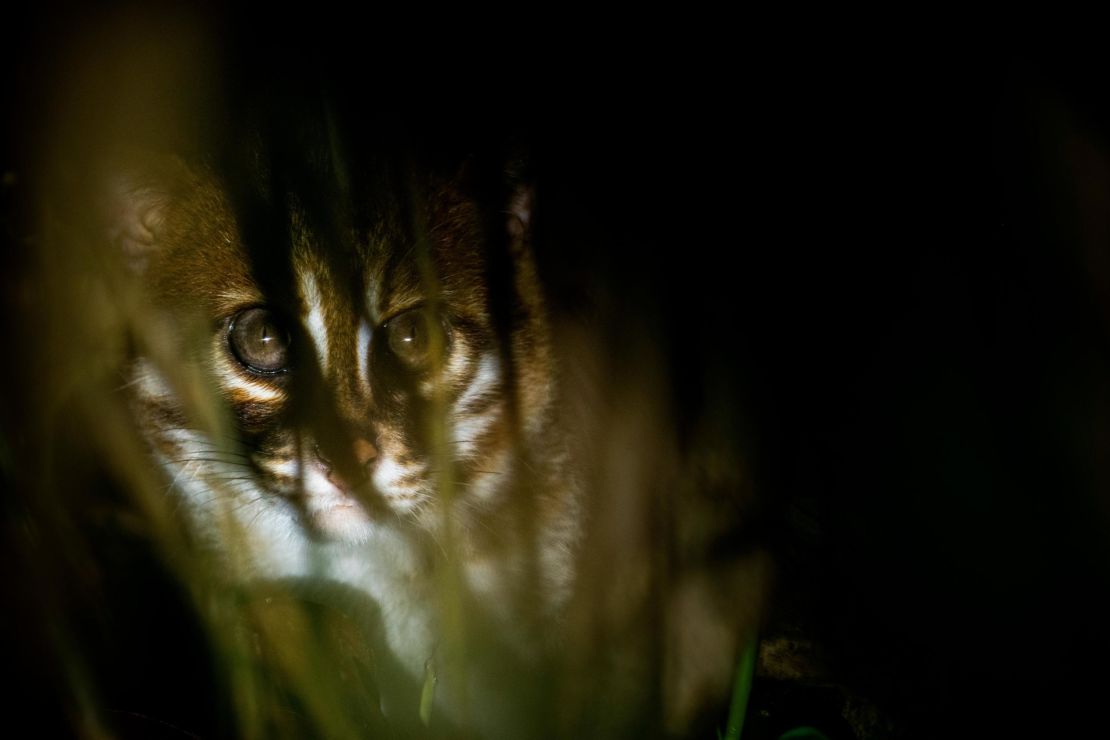
These wild cats are notoriously elusive and, besides the tiger, understudied. According to the IUCN Red List, the global inventory for threatened species, there are few records or population estimates available for the Borneo bay cat, the marbled cat and the flat-headed cat. Despite this, almost all Malaysia’s cat species are classified as endangered, vulnerable or near threatened, due to habitat loss, poaching and climate change.
Roshan Guharajan, project coordinator for Panthera Malaysia, focuses on the Malaysian region of the island of Borneo, which is home to five species of wild cat. He has worked in the area for more than eight years, yet during this time has only seen the bay cat and the flat-headed cat once in real life. Both were fleeting moments, he says.
Flat-headed cats are the most elusive, he adds. About the size of a house cat, they roam swampy wetland areas, which are harder for humans to access. “We struggled initially at trying to systematically monitor the species,” he says, but recently, his team has had more success after targeting the edge of muddy swamps and lakes with camera traps.
By monitoring the different species, Panthera is hoping to gather information on population sizes, range estimates and the threats that they face.
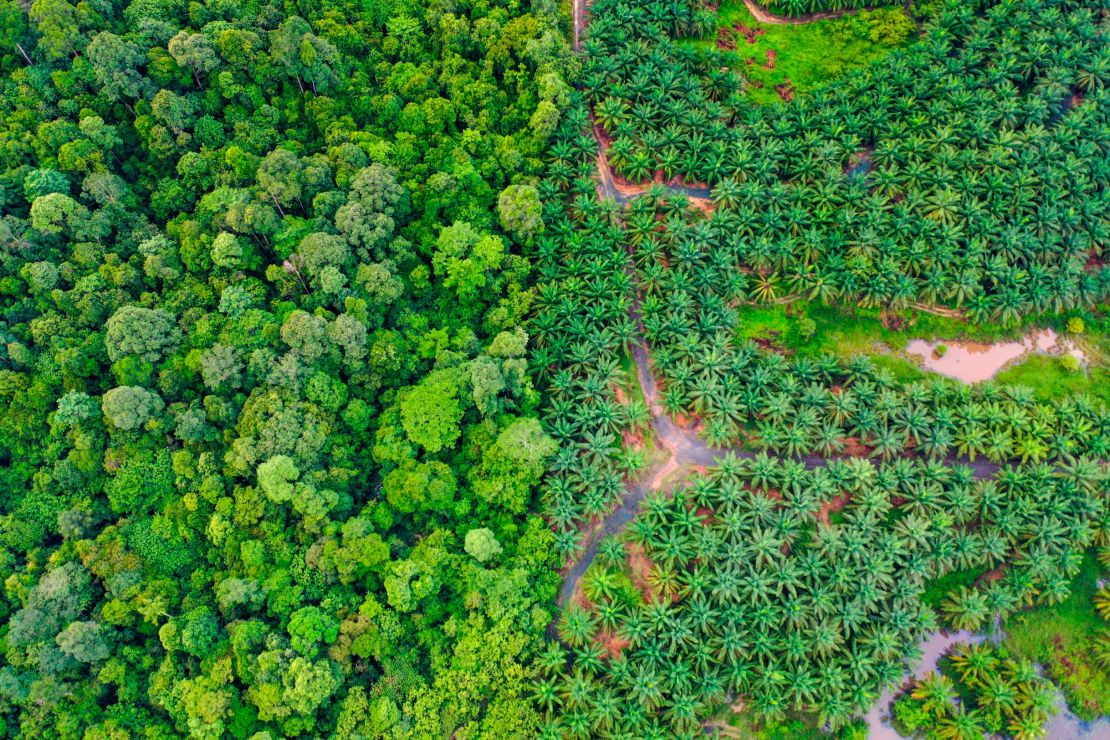
It is also working with communities to improve land and forest management. Historically, palm oil and industrial plantations have been a major threat. According to research published in 2018, Borneo’s forest cover declined by 14% in the period between 2000 to 2017, mainly due to forest being cleared for oil palm trees. It notes that forest loss peaked in 2016 before declining sharply in 2017. According to Global Forest Watch, forest cover across Malaysia has remained steady since 2020.
However, clearing forest to make way for tree plantations continues to be a threat, says Guharajan, leading to the fragmentation of wild cat habitat. He hopes that engagement around sustainable farming and conservation could help to preserve the remaining habitat.
Sharing the limelight
Although most conservation efforts in the region have revolved around the Malayan tiger, this is no bad thing, says Guharajan, noting that the species has been particularly targeted by poaching. Tiger body parts have a high market value: their bones are used for traditional medicines, their meat is consumed, their skins turned into rugs and teeth made into jewelry.
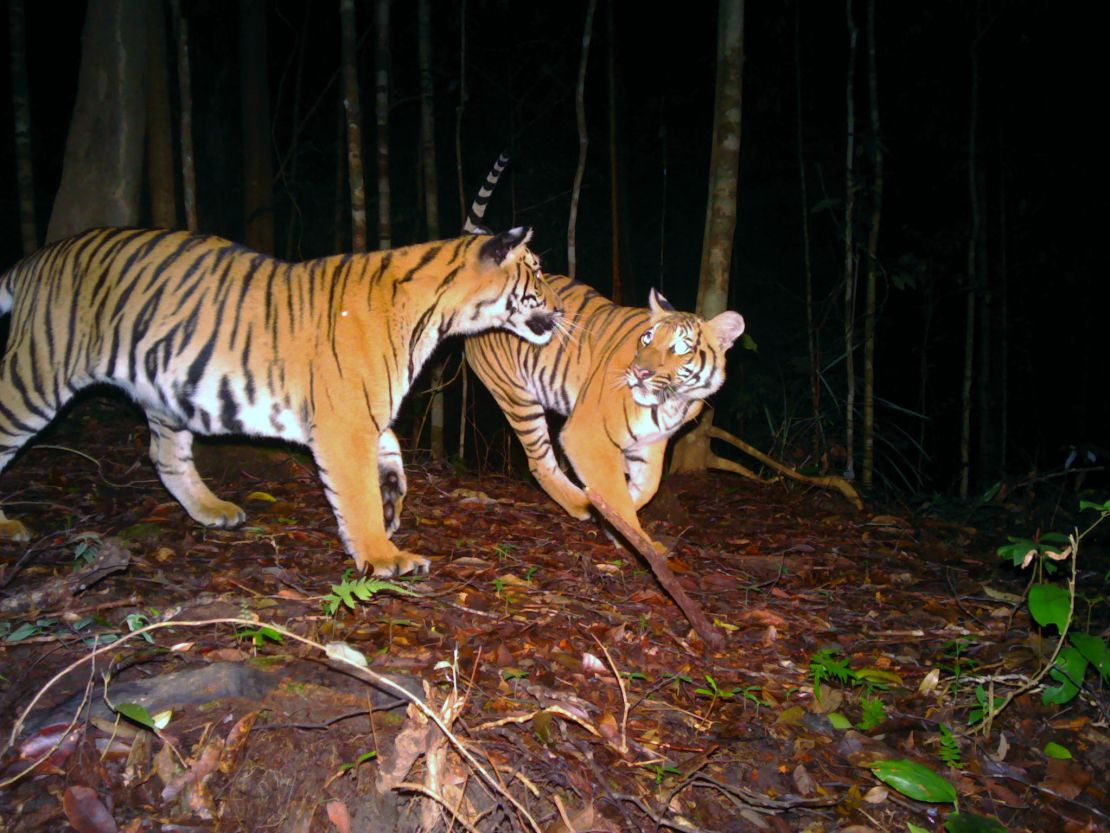
Due to these threats and dwindling tiger populations, “there has been significant investments into forest management and anti-poaching,” says Guharajan. “By default, that’s bringing a lot of benefits to all these different species.”
He explains that while some of the smaller cat species are not directly targeted by poaching, there are cases when they will be caught in a snare intended for other animals or shot opportunistically by poachers. The wider anti-poaching efforts are helping to prevent this, with conservationists across southeast Asia reporting positive results from their crime prevention measures.
Having a charismatic big cat like the Malayan tiger in the region helps to bring in financial resources says Guharajan, and he hopes that raising awareness of the other wild cats will do the same. The photos help to build “a level of connection” between the cats and the public, he says. However, ultimately Guharajan believes conservation work should not be solely focused on one species. “We have to look at the spectrum: habitats, communities, cultures, climate as well. All can be used to conserve habitats and species,” he says.


